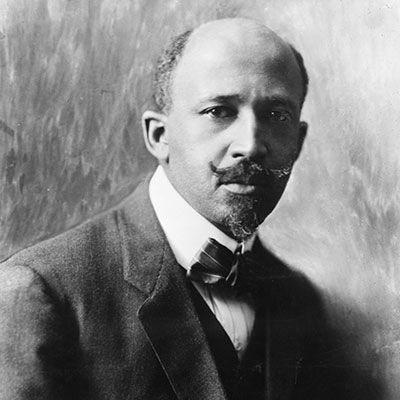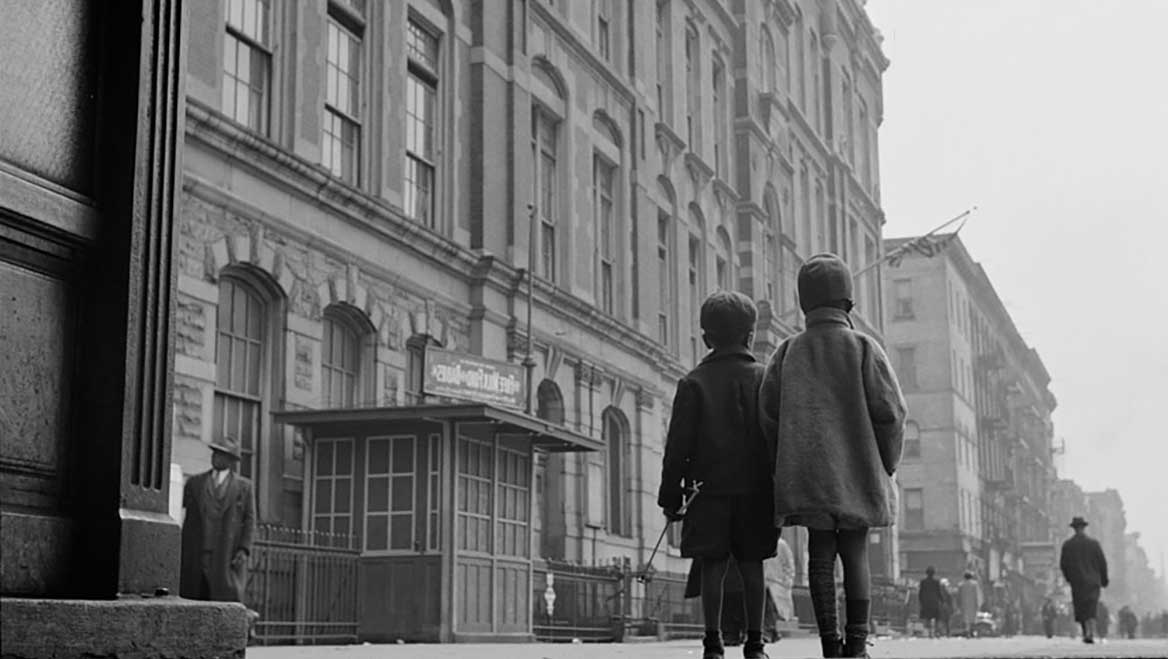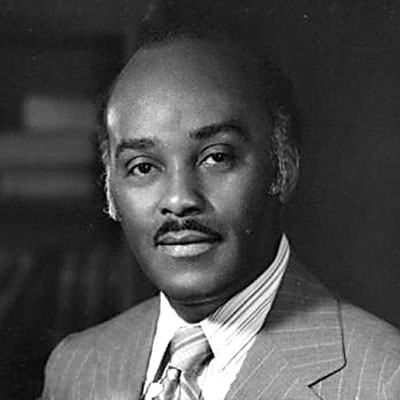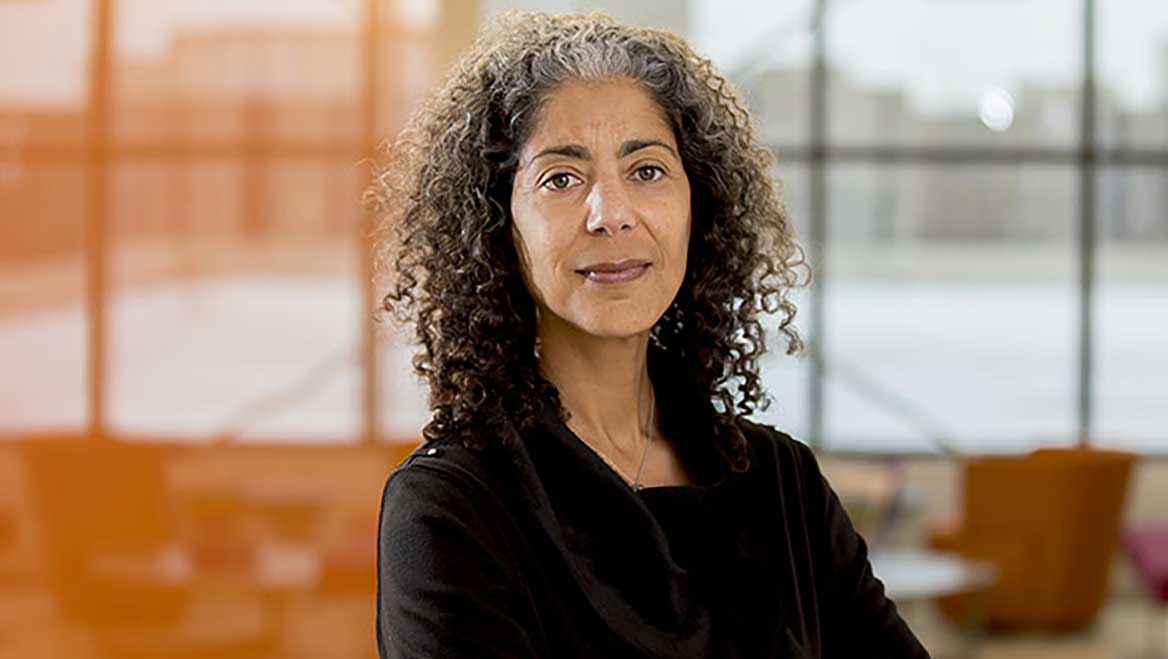Feb. 1, 2021
Countless Black urbanists have invested their lives in understanding how cities work — and how they can help the people who live in them. At the same time, traditional planning education has largely failed to celebrate their achievements in the ways Jane Jacobs, Daniel Burnham, and other well-known — and white — planners, urban designers, and activists are recognized.
"A planning education that focuses solely on a few predominantly white heroic figures is incomplete and unethical," Daphne Lundi says in "Rewriting the Urban Planning Canon." "It doesn't tell the whole story; it prevents us from sharing fuller and richer stories. We must learn to think beyond our traditional planning narratives."
Highlighting influential Black urbanist pioneers
To that end, I'm nominating 11 of the historical figures and contemporary pioneers I recognize as leading Black urbanists. Some of their work may not fall within the conventional realm of urbanism as it's understood today, but they should be known and celebrated by all in the planning profession. With their sociological or activist backgrounds, often rooted in the Chicago school of sociology, they have each emphasized the study of human interactions, particularly those of Black residents in major cities.
In (roughly) chronological order, here is a selection of the many Black urbanists all planners should know:
1. W. E. B. DuBois (1868–1963)

W. E. B. DuBois. Photo courtesy Library of Congress.
A sociologist, historian, civil rights activist, and founder of the NAACP, DuBois was the first Black American to earn a doctorate (from Harvard, in sociology). His work as an activist is well-known, but he rose to prominence in 1899 with the publication of The Philadelphia Negro. The study, which helped to cement the field of sociology as an academic discipline, examines the form and function of Philadelphia's Black community, which was poorly understood due to segregation — it largely operated out of the context of other urban communities. This study was among the first to openly conclude that discrimination was at the heart of the problems plaguing isolated Black urban communities.
2, 3: Horace Cayton Jr., (1903–1970) and St. Clair Drake (1911–1990)
Cayton and Drake followed up the work of DuBois with their own sociological study of a Northern city, Black Metropolis: A Study of Negro Life in a Northern City. Their look at Chicago's Bronzeville neighborhood provides key details about 20th-century Black migration, settlement, community structure, and Black-white race relations in the region. Cayton was the grandchild of America's first elected Black senator, who later went on to become a sociologist, newspaper columnist, and author. Drake was a sociologist and anthropologist who later founded the African and African American Studies program at Stanford University.

Horace Cayton, Jr. (left) in 1945 and St. Clair Drake in a 1970 yearbook photo. Photos courtesy Chicago Public Library, Vivian G. Harsh Research Collection, and Stanford University.
4. Gordon Parks (1912–2006)
A photographer, writer, and filmmaker, Parks specialized in documenting the everyday lives of Black Americans, especially in cities. His work often makes a statement on the conditions people were forced to live in, forcing viewers in turn to confront those realities.

Gordon Parks (with hand raised) directing Shaft in 1971. Photo by Librado Romero/The New York Times.
Parks became better known for his later work in fashion photography and film, including directing the movie Shaft, but his early work continues to bring attention to the historic and contemporary race matters in American cities.

Harlem, 1945, by Gordon Parks. Photo courtesy Library of Congress, Prints & Photographs Division, Farm Security Administration/Office of War Information Black-and-White Negatives.
5. John Hope Franklin (1915–2009)
As a historian at several institutions throughout his career, Franklin did not specialize in cities per se. However, in works like From Slavery to Freedom, first published in 1947, and his lecture series Racial Equality in America, he concentrates on the Black experience in American cities and how discrimination shapes that experience — and, indeed, the entire city.

John Hope Franklin in 2006. Photo by Derek Anderson/The New York Times.

Samuel J. Cullers in 1974. Photo courtesy Sacramento History Photo Collection.
6. Samuel J. Cullers, (1918–2005)
Following bachelor's degrees in both economics and sociology, Cullers earned a master's degree in city and regional planning at MIT in 1952, making him the first known Black planner to be professionally trained in the U.S. His career stretched across decades and even continents, with prominent planning positions in Chicago, Toronto, Bangkok, and the state of California. In multiple published essays; through leadership positions in the NAACP, the Sacramento Urban League, and APA; and over the course of a civil rights housing lawsuit, Cullers dedicated much of his career to defeating discrimination in both the planning profession and society at large.
7. Dorothy Mae Richardson (1922–1991)
A community activist who fought against redlining in Pittsburgh, Richardson challenged local banks to issue conventional loans for mortgages and housing rehabs in her Central North Side neighborhood. Her efforts led to the founding of Pittsburgh-based Neighborhood Housing Services, along with the national group now known as NeighborWorks America, one of the leading community development institutions. Learn more about her visionary efforts, far-reaching impact, and the people who have earned the Dorothy Richardson Award for Resident Leadership by following in her footsteps.

Dorothy Richardson. Courtesy NeighborWorks America.
8. Rev. Dr. Calvin Butts, III (1949–)
Rev. Dr. Butts is the pastor of Abyssinian Baptist Church in New York, but in this context is more well-known as the founder and chairman of Abyssinian Development Corporation. Founded in 1989, ADC is one of many community development corporations in New York and across the country that have sought to fill the investment void — for housing, commercial development, and community services — in distressed communities. In ADC's case, the organization is credited with bringing in more than $500 million in housing and commercial development to New York's Harlem neighborhood since 1989.

Reverend Doctor Calvin Butts, III, in 2013. Photo by Marcus Yam/The New York Times.
9. William Julius Wilson (1935–)
Following in the earlier sociological tradition of the study of Black city residents, Wilson is a sociology professor at Harvard University and the author of many works. His most influential include The Truly Disadvantaged: The Inner City, The Underclass and Public Policy, which once again brought the isolation of Black communities to the forefront, and When Work Disappears: The World of the New Urban Poor, which examines the impact of job loss on poor communities. More recently, Wilson published More Than Just Race: Being Black and Poor in the Inner City, which links urban poverty to past discriminatory practices that still impact neighborhoods today.

William Wilson in 2019. Photo by Kris Snibbe/Harvard University.
10. Geoffrey Canada (1952–)
Canada is credited with vastly expanding the role of a traditional family-oriented social service agency to the Harlem Children's Zone, an organization that tracks the academic success and support of all families within a 24-block area in Harlem. The program is resource-intensive, but it is credited with stemming the tide against poverty in Harlem.

11. Mary Pattillo (1970–)
A current professor of sociology and African-American Studies at Northwestern University, Pattillo has published two important works: Black Picket Fences: Privilege and Peril for the Black Middle Class, which documents how the Black middle class has a far more difficult time achieving "escape velocity" from the ills of the inner city, and Black on the Block: The Politics of Race and Class in the City, which illustrates how a uniquely Black version of gentrification emerged in Chicago's North Kenwood-Oakland neighborhood on the South Side.

Mary Pattillo. Photo by Monika Wnuk.
Recognizing diverse Black urbanist contributions
There are many more Black urbanists than these 11. Some work in the public spotlight as they address issues like police brutality, housing, public transit, environmental justice, and food deserts, while others toil in anonymity, working steadfastly in planning departments, block clubs, nonprofit community development corporations, and other organizations that help make our communities better places. All deserve our recognition for their contributions to humanity's greatest social experiment: the city.




